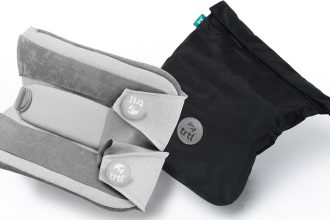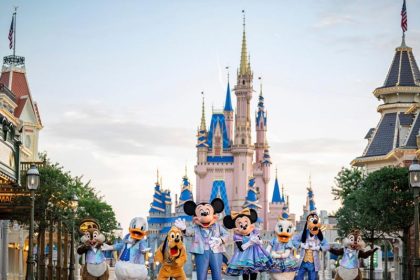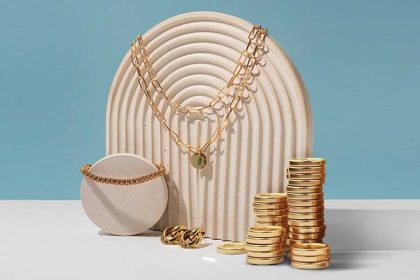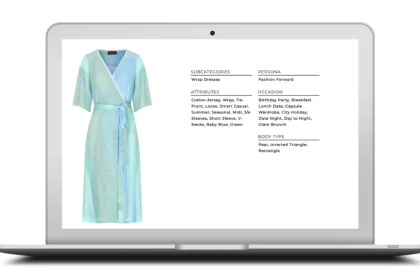For several years, diesel has been heavily talked about. The return that the genius Glenn Martens brought to Diesel was a revolution for the brand. A brand that was once aimed at boomers, now with the cleverness of its creative director, has opened a place in the hearts of generation z.
Diesel was famous for two things from the beginning of its activity: 1- Strong and creative marketing 2- Denim fabric
This article examines the lows and highs that Diesel experienced as a lifestyle brand; More specifically, we look at how Glenn Martens not only gave Diesel a shine, but also brought that faded fashion excitement back to the catwalks.
Diesel’s path to continuity is an excellent case study for those thinking of starting their own brand; It is also a beacon of light for fashion and clothing business owners.
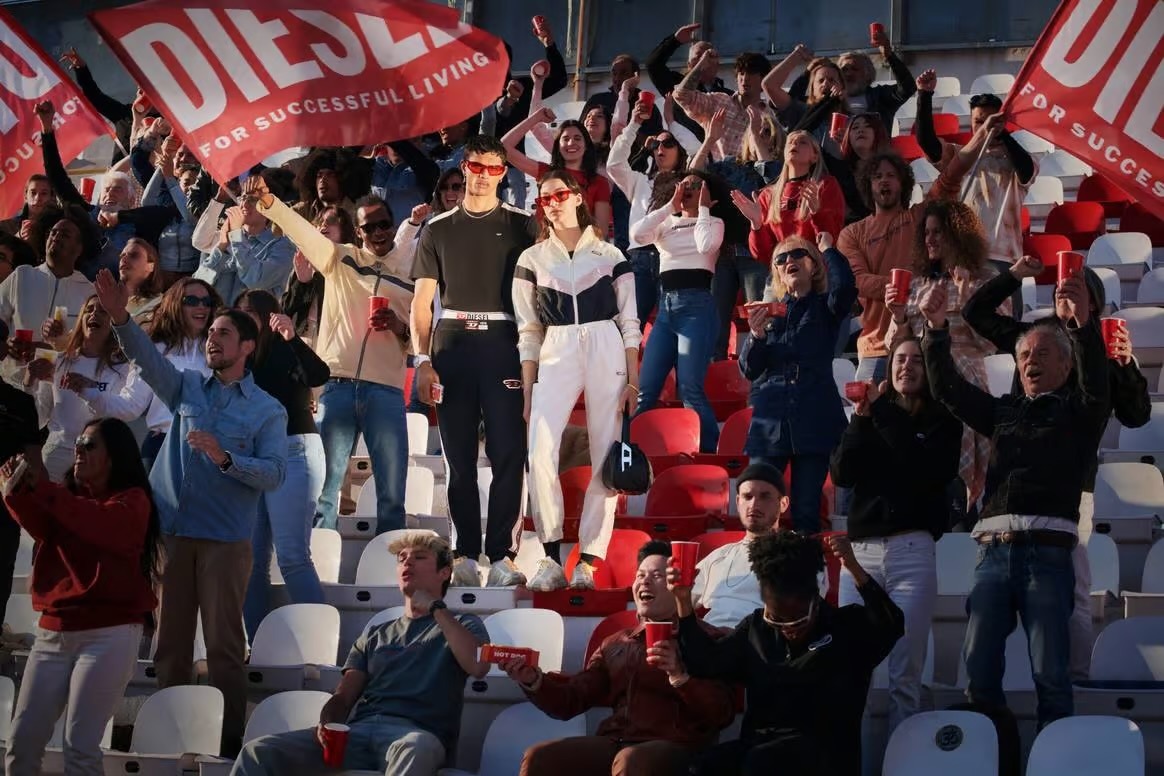
80s to 90s – Diesel from the beginning to the first rebranding
1- The story of the beginning of diesel
The story of Diesel began in 1978, when young entrepreneur Renzo Rosso bought a small clothing company in Italy. Initially focused on high-quality denim, Diesel has built a reputation for its durable jeans. The name of this brand was chosen during the gasoline crisis. Diesel was an alternative and affordable solution, just like the brand products. This naming reflected the world of engines, power, durability and innovation. Over time, competition between denim brands increased, and Russo had to think of ways to differentiate Diesel.
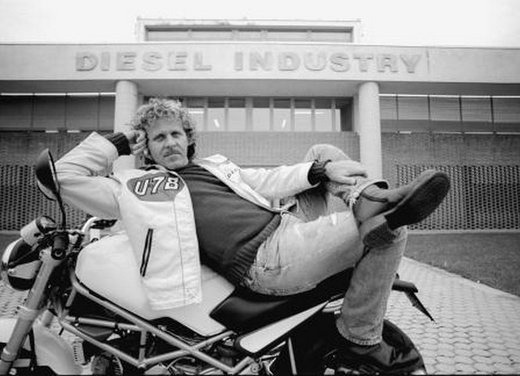

2- The adventure of young designers
Russo hired a number of creative and young designers to create trendy and different jeans from the competitors. He provided an unlimited budget for them to travel to countries around the world and create whatever they wanted. In a country like Italy, where factors such as hereditary experience and age determined the amount of skill, this The move was highly controversial. This made Diesel’s image to be established as an unconventional, creative and bold brand among European youth.
Diesel’s designs were recognized for their distinctive blend of street style, rock and roll influences and a touch of Italian art. Their ability to constantly innovate and reinvent denim, experimenting with cuts, washes and finishes has made Diesel a popular brand for fashionistas around the world.
3- Expansion of the production line
In addition to being in the luxury market, Diesel began to expand its product line. In the 1980s, Diesel’s children’s, men’s and women’s lines were introduced; Now, not only denim products, but a whole range of products were launched.
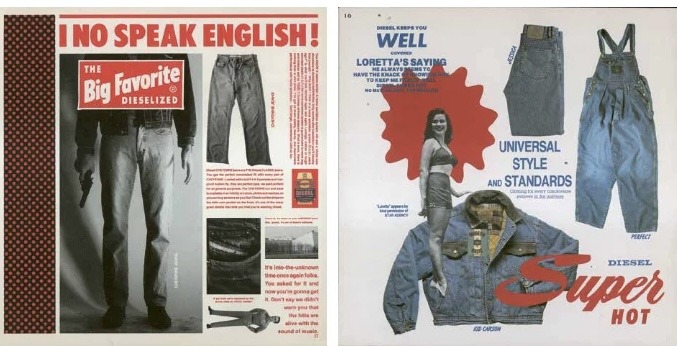

4- Diesel’s controversial campaigns
Diesel’s transformation began with a series of bold marketing campaigns titled ‘Successful Life’. Advertisements of this brand challenged social norms and attracted attention. Diesel’s campaigns were known for their tongue-in-cheek humor, provocative imagery, and refusal to conform to traditional fashion advertising. This bold approach resonated with a young, rebellious audience and set Diesel apart from its competitors.
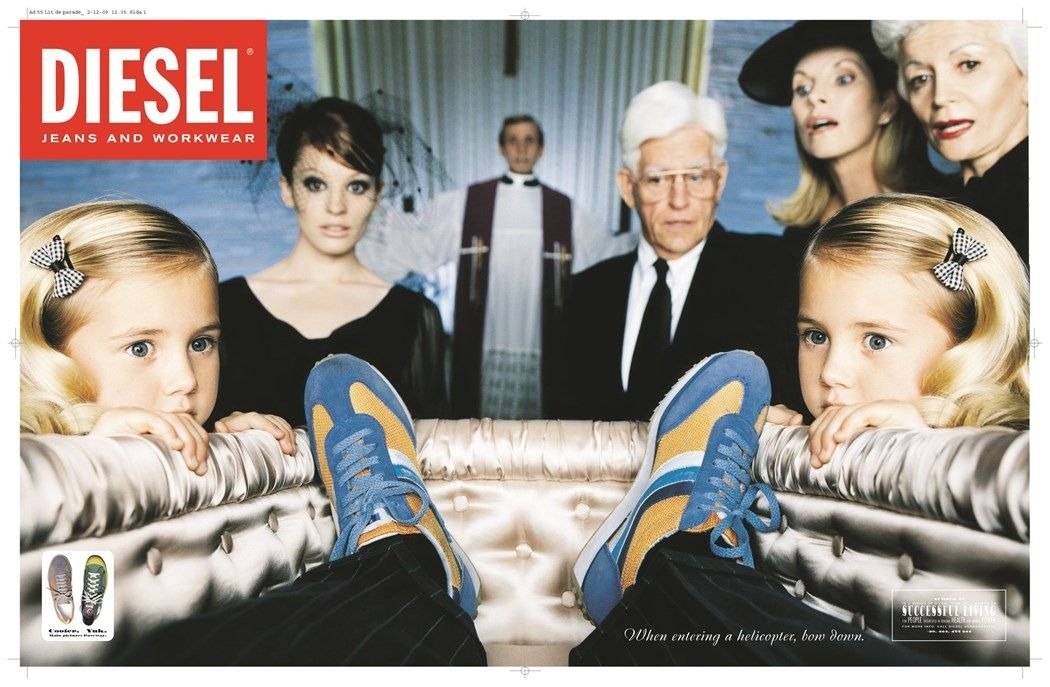

5- Diesel pioneer of virtual sales
It was in the late 90s that Diesel launched its official website as the first fashion house. With this, the online retailing of clothes started and was very well received.
What is rebranding? Get to know the rebranding of the fashion world.
2000 to 2019 – Diesel from the throne to the carpet
1- Success after success
To cement its position as a leading fashion brand, Diesel entered into collaborations with designers, artists and celebrities. These collaborations injected new energy into the brand and brought fresh perspectives and innovative designs to Diesel collections. Through successful collaborations with the likes of Karl Lagerfeld, Diesel cemented his place in popular culture.
Opening dozens of stores around the world, launching a premium and luxury line, and experiencing the first catwalk in 2008, drew Diesel at the peak of success; But this was not a happy ending.
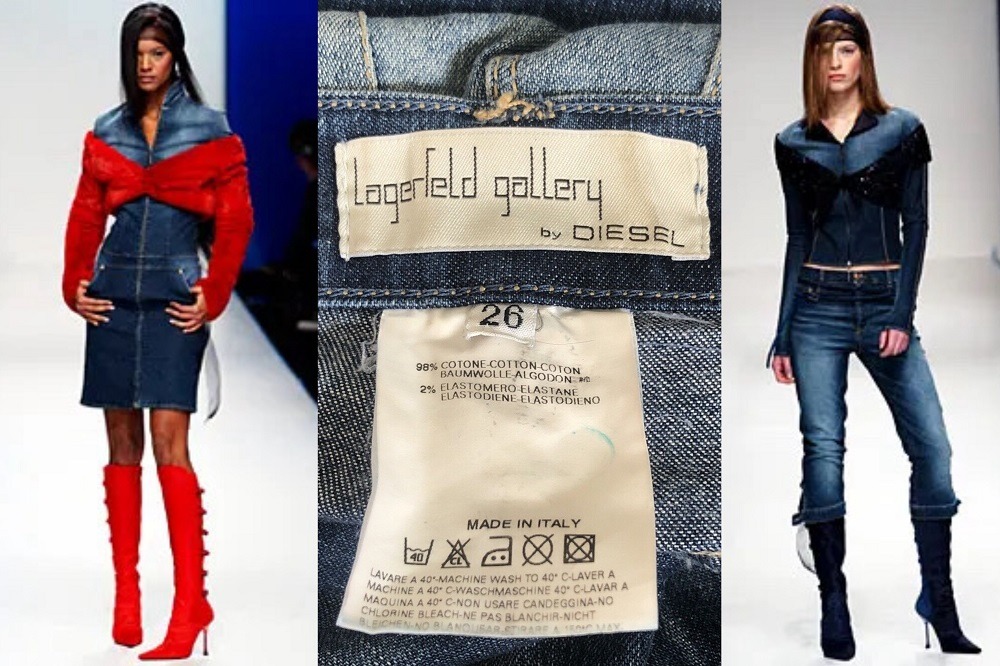

2- fall
The second decade of 2000 began with an economic crisis, and in addition, Amazon’s online store came into operation. The hiring of Diesel’s first creative director, Nicola Formichetti, and advertising with artists such as Nicki Minaj did not bring back the attractive image of the brand. Losses at brick-and-mortar outlets and heavy but untimely investment in stores led to Diesel’s bankruptcy.


3- Trying to restart the brand engine
Russo did not give up on Diesel despite the great pressure and closed only a few of its stores without shutting down the brand. During a three-year strategy, he decided to even open new stores and present a new image of old places.
According to him, “Diesel is 40 years old and its engine needs to be rebuilt.”
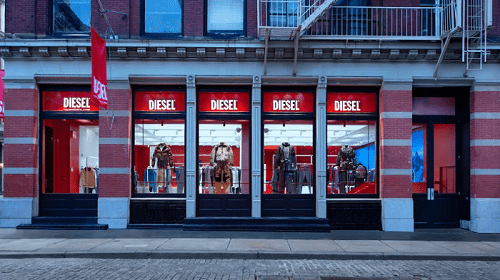

The plan to revive the diesel brand included eliminating all mass production lines and focusing on one strong line. This line dealt with the audience of the next generation, generation z. During this strategy, a significant number of key employees were removed and replaced. Diesel also repositioned itself as an alternative luxury brand with a focus on sustainable denim.
Diesel’s rebranding path became smoother with a series of campaigns that started in 2018 in collaboration with other brands.
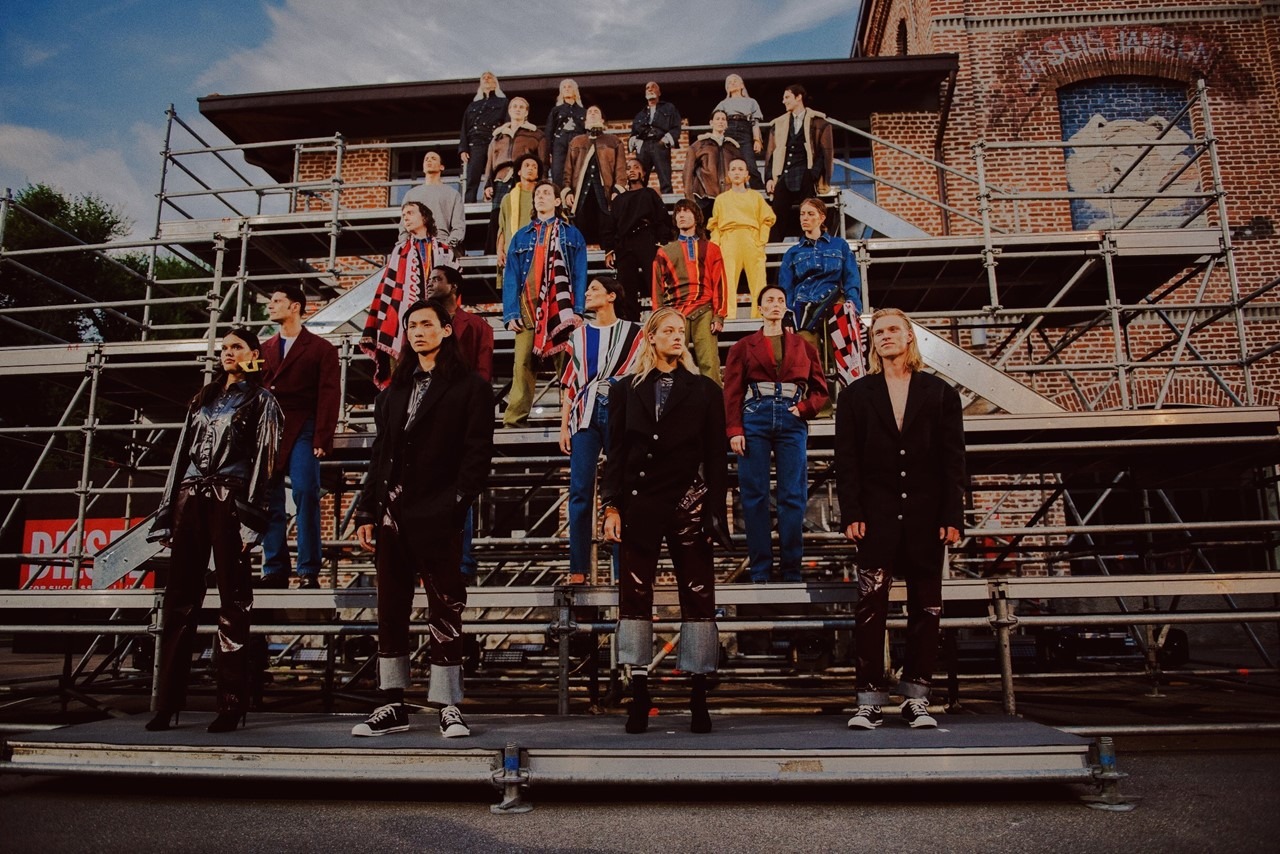

2020 – Glenn Martens, Diesel champion
In October 2020, Martens was appointed creative director of Diesel. Russo, as he had proven in the past, knew when to leave the job in the hands of a young designer with innovative ideas.
Glenn Martens is originally from Belgium and studied interior architecture before accidentally becoming interested in fashion. With only a few designs, he applied to the Royal Academy of Fine Arts in Antwerp and was accepted, eventually graduating at the top of his class.
As mentioned, Diesel was known for two things, denim and strong marketing; Martens also worked for ten years in the avant-garde brand Y Project, which by the way had a lot to do with denim. While maintaining Diesel’s core values, he challenged the brand with its marketing strategies.


Glenn Martens, creative director of the Diesel brand
1- Digital marketing
Knowing pop culture and his direct relationship with the Diesel brand, Martens started his digital marketing strong. He sent tons of products to influencers, TikTokers, and people like Kanye West to create content with before they hit the market. Now every cool person had a diesel!
There are few people who haven’t seen diesel bags and tops with a big D symbol on them in virtual networks! According to Glenn, “I wanted this D to be all over the face; Just like my character and like Diesel!
Diesel’s marketing plan is not going to be like that of other fashion houses. Diesel is a lifestyle brand that has everything from £27 T-shirts to £9,500 denim jackets. “(Diesel) isn’t talking to an exclusive audience, he’s talking to people all over the world, regardless of income, religion or gender,” Glenn says.
Martens knows that the success of a brand lies in its original roots. The high-profile campaigns with controversial topics in Diesel advertising are a throwback to its heyday. His goal is to maintain that appeal while making changes to suit the times.
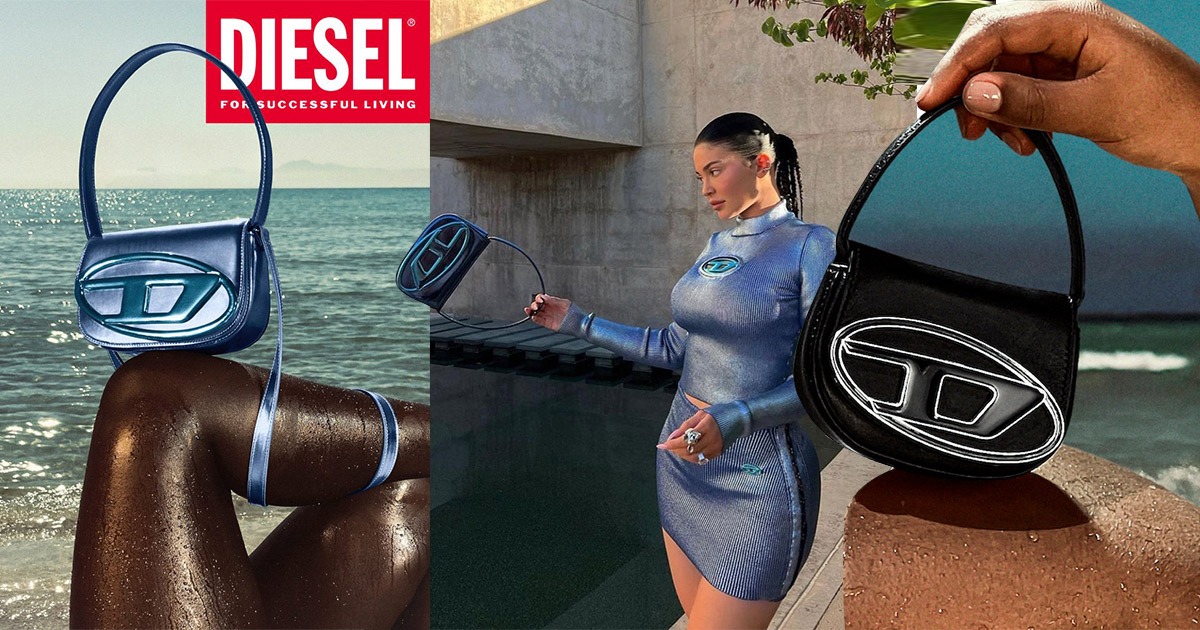

2- Diesel in Milan Fashion Week
In February 2022, Glenn Martens made his first physical catwalk show for Diesel. Now that Diesel is next to Valentino, Gucci and the giants of the luxury industry, what should be different from them?
Bold and exciting runway layouts, choosing the audience from fashion students instead of fashion industry bigwigs, or inviting people to watch the show live via Zoom and showing backstage before the show were part of the efforts to differentiate Diesel from others.
Glen Martner says he’s always thinking of finding a new way to bring runway into people’s lives. Like planning a full-scale rave under the rain, public entry was free and even the place where tickets were sold was creative. In addition to online sales, fans could buy Diesel fashion show tickets at food trucks and drink stalls.
In addition to being in line with Diesel’s slogan “For a successful life”, these activities of his are a step towards the democratization of luxury. During these actions, Martens was given nicknames such as the leader of Pop Luxury.
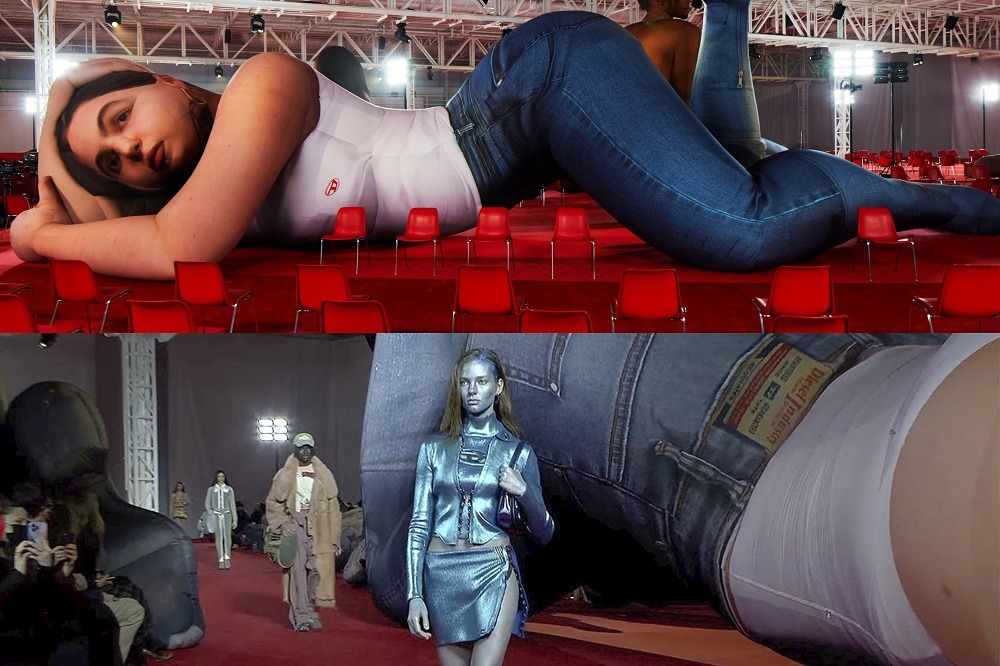

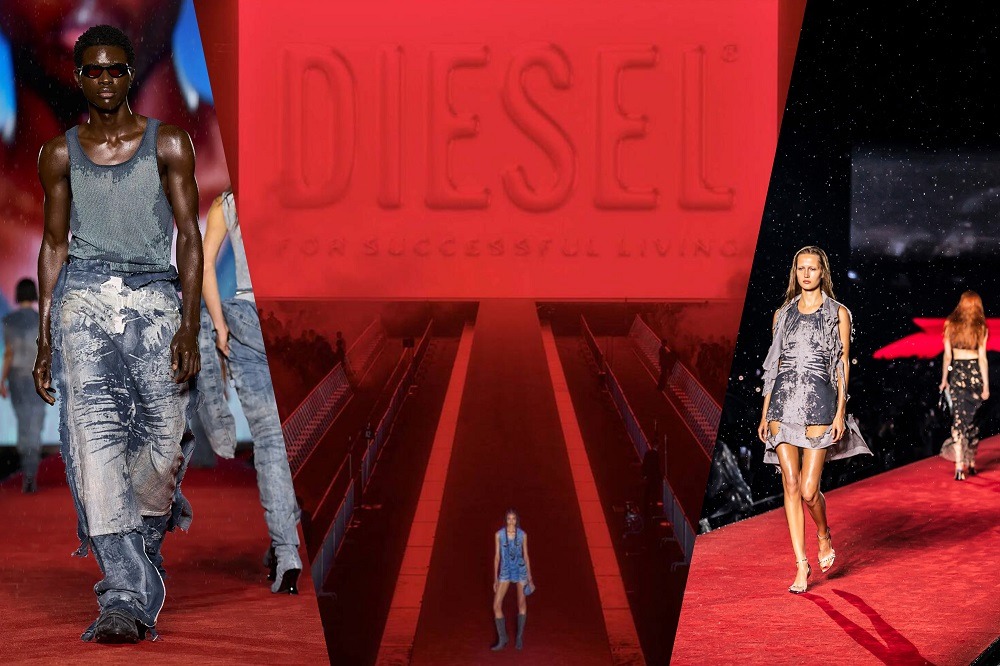



3- Redefining jeans
Martens brought his innovative approach to Diesel designs. He seeks to redefine denim for a modern audience by combining the brand’s heritage with contemporary sensibilities.
According to Diesel’s creative director, Glenn Martens, denim is the most democratic fabric in the world, which is completely consistent with the brand’s identity; A practical and accessible fabric, and at the same time fashionable.
He intended to show luxury in different shows than other fashion brands. Luxury is not just needlepoint fabrics or cashmere and silk. He chose textiles such as denim and lace and experimented and worked on them. Trompe l’oeil is a technique Glenn uses to create denim-like fabrics.
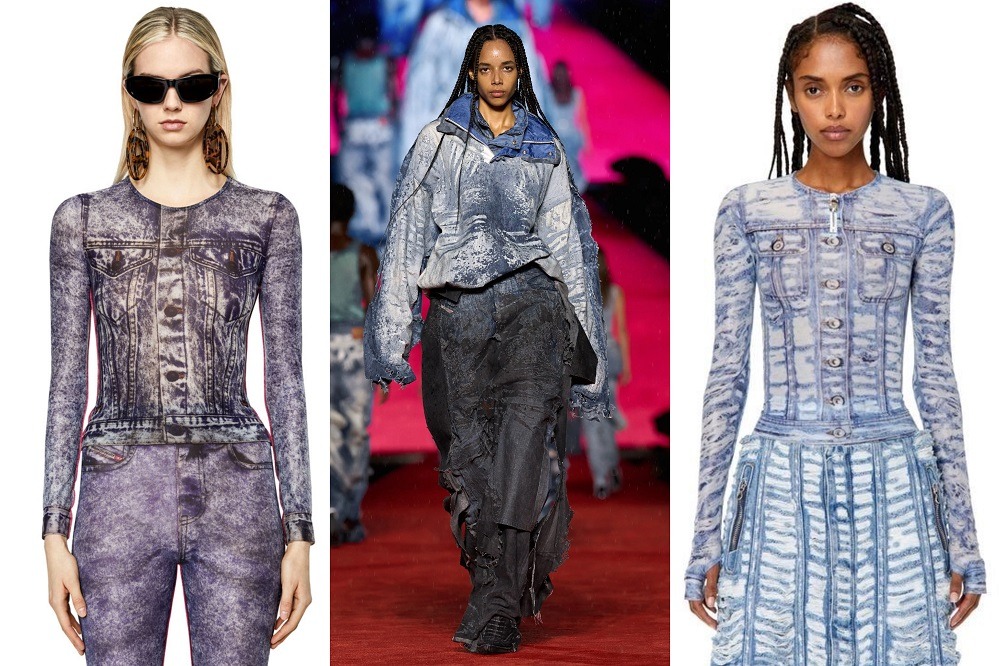

4- Friendship with the competitor, with the goals of sustainability and social responsibility
The “For Responsible Living” campaign was inspired by Diesel’s main slogan, “For Successful Living” and represented the brand’s sustainability activities; But it was immediately after the first Glenn Martens show that the news of the attack on Ukraine shocked the world. He wrote a manifesto for Diesel; That Diesel will be a brand that makes people feel wanted and seduced, but in addition to that, it also carries out awareness campaigns for social and geopolitical issues. He says: “That’s why Jane Diesel’s designs have reached 57% from 5% of recycled and organic fibers. “We don’t promote it, but it’s important to talk about it.”
One of Martens’ interesting moves was to collaborate with other brands under the name Diesel Loves to sell leftover products that would otherwise be thrown away.
Who was the first collaboration with? Lee Brand is a long time rival of Diesel!
In Diesel Loves Lee, two giants of the denim industry put aside their feuds and share their resources. Lee and Diesel are working together on specific products to address one of fashion’s most pressing issues: sustainability and overproduction and consumption.
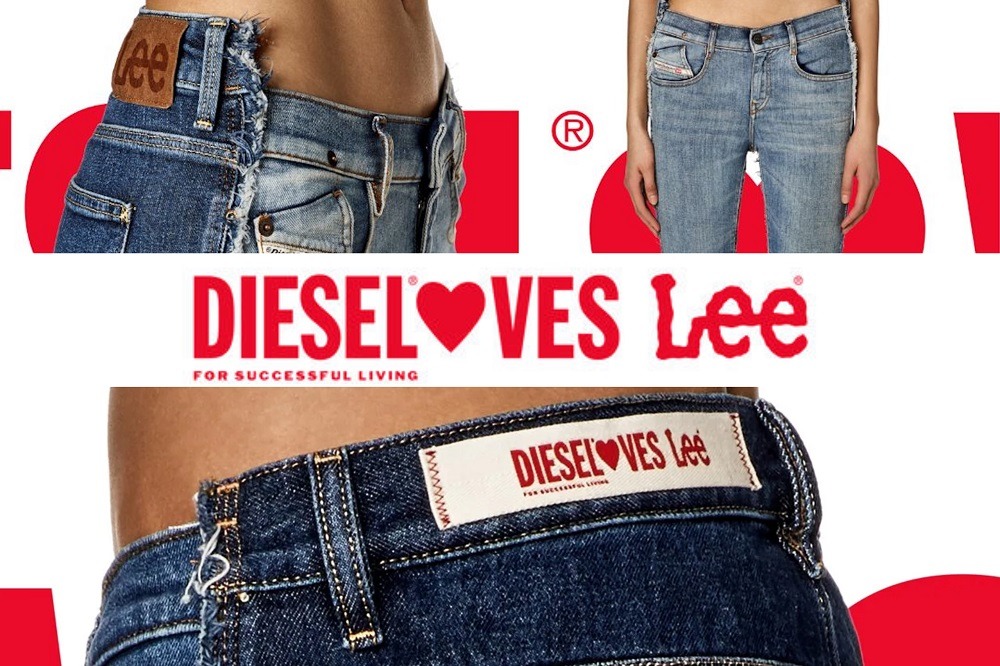

Diesel and Lee cooperation campaign with the aim of sustainability and social responsibility
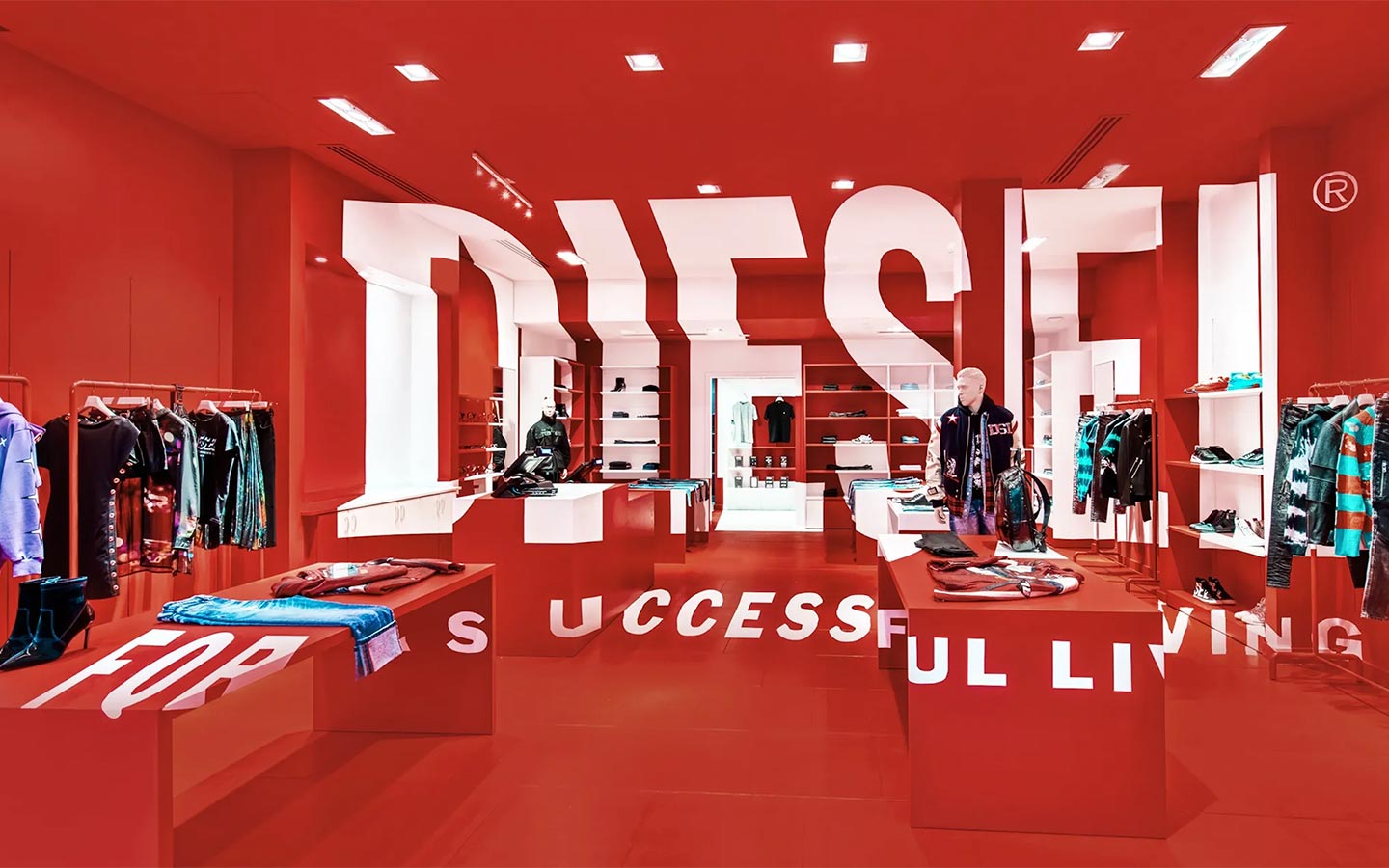

final word
Today, Diesel is a symbol of edgy fashion, individuality and self-expression. Its iconic red logo and prominent letter D have become synonymous with innovation and modernity. The brand’s stores showcase an immersive retail experience that reflects Diesel’s rebellious spirit.
Diesel’s transformation from an apparel company to an iconic fashion brand is a testament to the power of rebranding and creative marketing strategies.
Through bold campaigns, collaborations and a focus on sustainability, Diesel has successfully carved out a unique space in the fashion industry. The brand’s ability to constantly evolve and surprise audiences has cemented its iconic status and made Diesel a name beyond jeans.
Sources:
www.vogue.co.uk
nandii.medium.com
RCO NEWS











